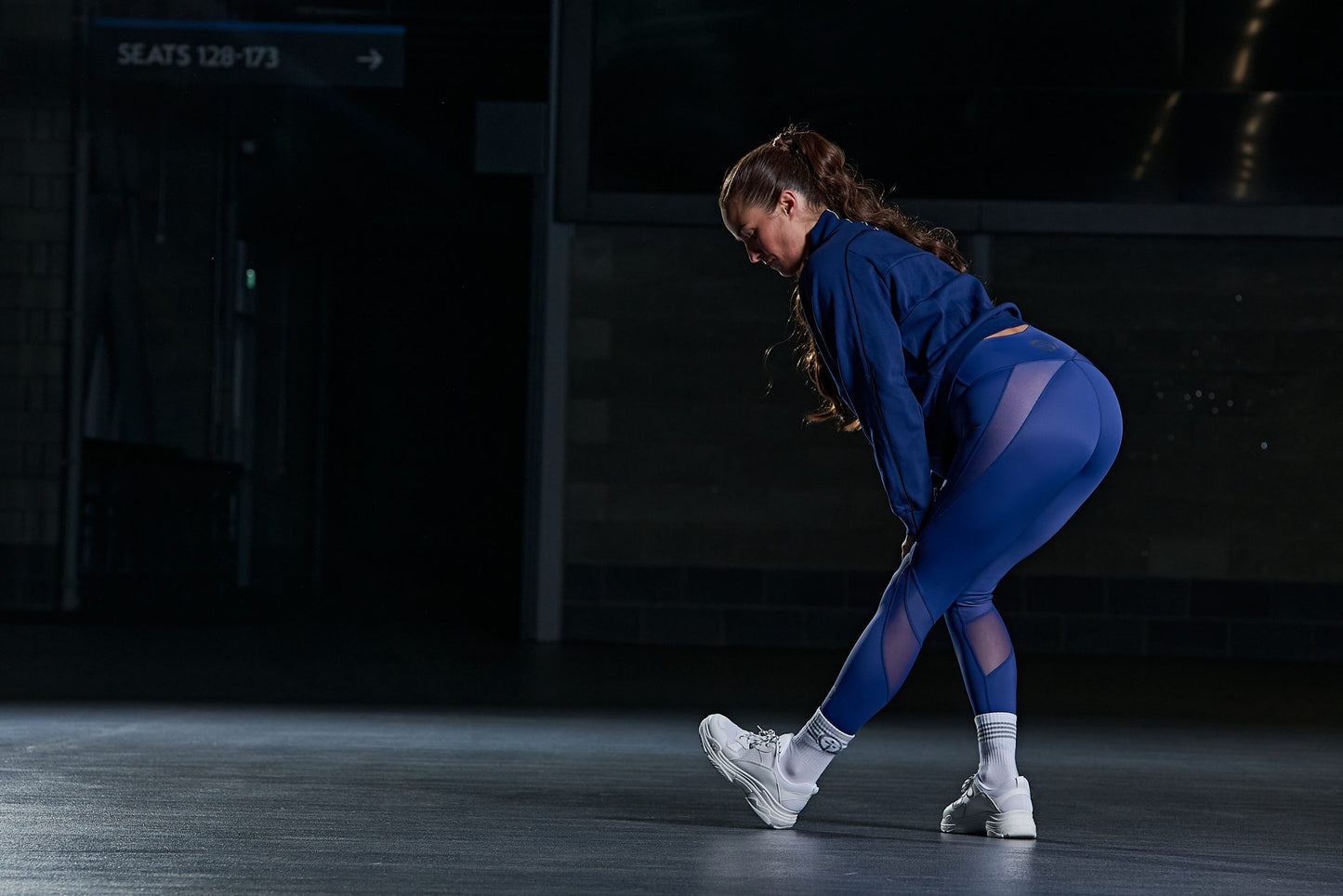JOIN TEAM IGD
Join our community for early access to events, workout guides, and exclusive offers - including 15% off your first order.
This store requires javascript to be enabled for some features to work correctly.

Calf tightening or sharp pain within the calf when you’re walking is a sign that you’ve torn some muscle fibres.
Even the motion of pushing your big toe into the ground during exercise can be an indication of damage. These are mild signs however if the calf muscle tears significantly, athletes can feel a “pop” and immediate pain making it difficult to walk on the affected leg.
Sudden movements cause pain on the inside of the calf muscle below the gastrocnemius medial head, centrally above the Achilles tendon between the gastrocnemius heads or pain on the outside of the calf running up into the lateral head of the gastrocnemius.
It’s very important to rest the calf if you think it’s torn, or damaged as active bleeding will occur in the first 48 hours.
The calf may cramp and become painful when walking so take it easy. Don’t stop walking but certainly, reduce the amount you must do. With 2 weeks of rest from activity, these first signs can reduce significantly, and you should be able to walk without pain.
You may have noticed some bruising appear. This usually drains down into the ankle area so don’t be surprised if you see it appear in the arch of your foot. Once the calf muscle pain has gone during walking it’s safe to begin making the muscle fibres contract and relax.
Walking quickly is better than just setting off running as the newly repaired fibres will be weak and could get injured if they’re not given chance to strengthen.
Setting yourself Fartlek walking drills to allow you to push yourself and then recover is a great start.
Remember discomfort is ok, pain is not!
It is very important to get a full assessment and start the diagnosis process with a medical professional such as a Physiotherapist or Sports Physician.
The reason for this is when someone suffers a severe calf muscle tear, the pain and experience at the time of injury can be very similar to an Achilles rupture. If an Achilles rupture is suspected it’s very important to get an orthopaedic opinion immediately as the faster intervention is started, the higher the chance of avoiding surgery.
Severe tears or partial ruptures of the Achilles tendon can easily be diagnosed with an ultrasound scan. The Thompson test helps diagnose a rupture Achilles. To perform the test the patient is laid down face down on a medical couch with their feet hanging over the edge of the end. A gentle squeeze of the calf muscles will normally move the relaxed feet if the Achilles tendon is intact.
If there is no movement of the foot, it is likely to be an Achilles has rupture, not a calf strain.
The best treatment for a pulled calf is rest from the activity for a 2-week period which allows for cellular repair.
The human body has an amazing repair mechanism and with simple rest for a 2-week period, the athlete can begin to move pain-free before beginning a light return to exercise and sport.
Compression garments aid recovery by keeping heat within the calf muscles and vascular return within the area which speeds up the repair process. Wearing calf compression during exercise prior to any potential injury helps by adding support to the muscles within the calf which have to deal with immense forces of acceleration, deceleration and stability reactions.
Calf injuries are reduced when athletes choose calf compression as a training and recovery aid.